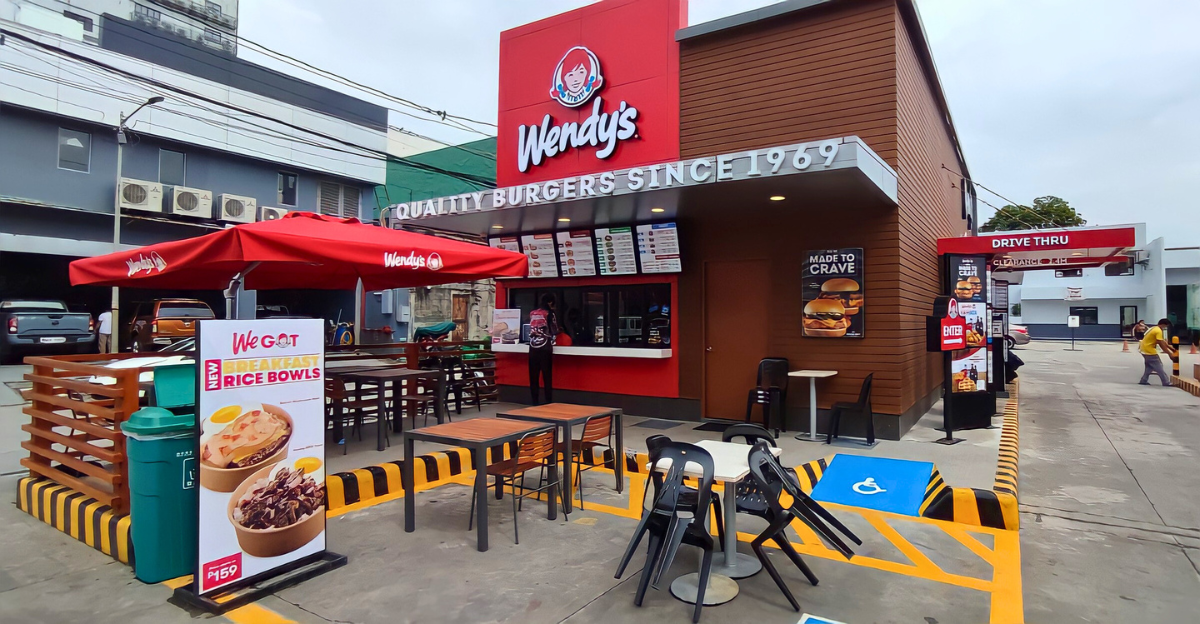
World Atlas surprised diners in July 2025 when Wendy’s topped a list with a not-so-prestigious title. The title may not be all that surprising, with a single Triple Baconator combo topping 2,160 calories—more than many adults need daily.
In the fast-food world, many chains are trying to make their food delicious without being massively unhealthy, all while keeping competitive combo meals.
Health Toll
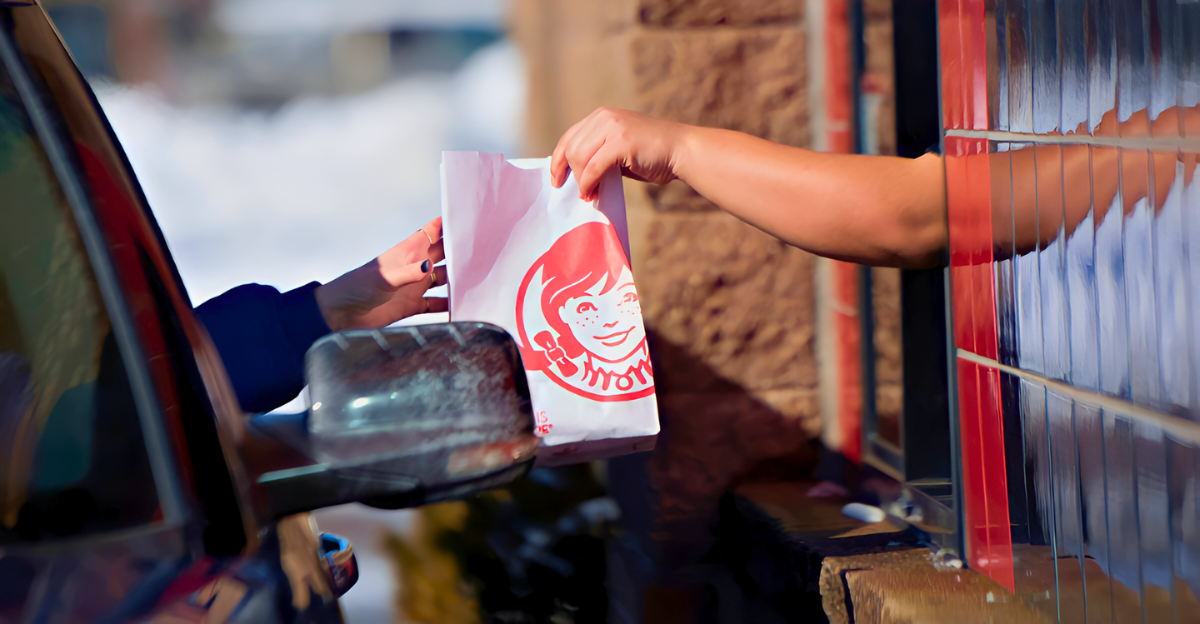
The Centers for Disease Control and Prevention reports that 40.3 percent of American adults and 19.7 percent of children live with obesity, a condition strongly linked to frequent fast-food intake.
A 2005 CARDIA study found that people eating fast food at least twice weekly gained ten extra pounds over fifteen years, doubling insulin-resistance risk. Such statistics frame Wendy’s unwanted ranking for public health.
Industry Snapshot
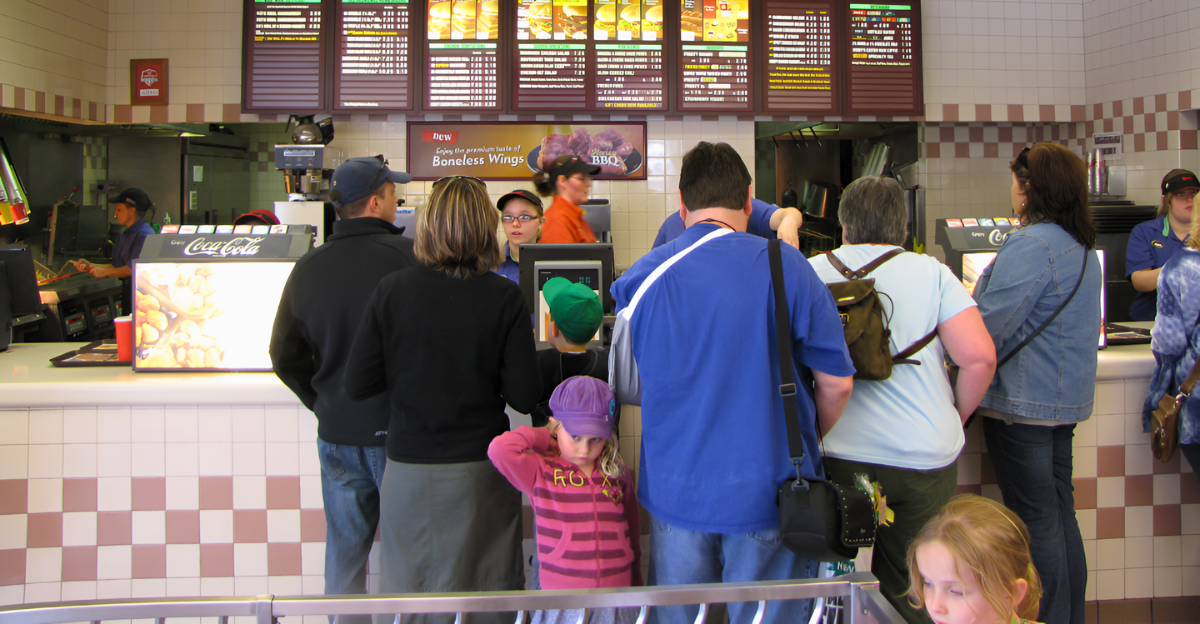
QSR Magazine estimates that quick-service dining is a $200 billion industry dominated by McDonald’s, Burger King, and Wendy’s. Since 2018, fast food chains have been required to display calorie counts on menus, yet competitive “value meals” still prioritize portion size over nutrition.
Market researcher Technomic notes that burger chains have raised menu prices 47 percent over the past decade, sparking customer scrutiny of what dollars buy at the drive-thru window.
Price Strain
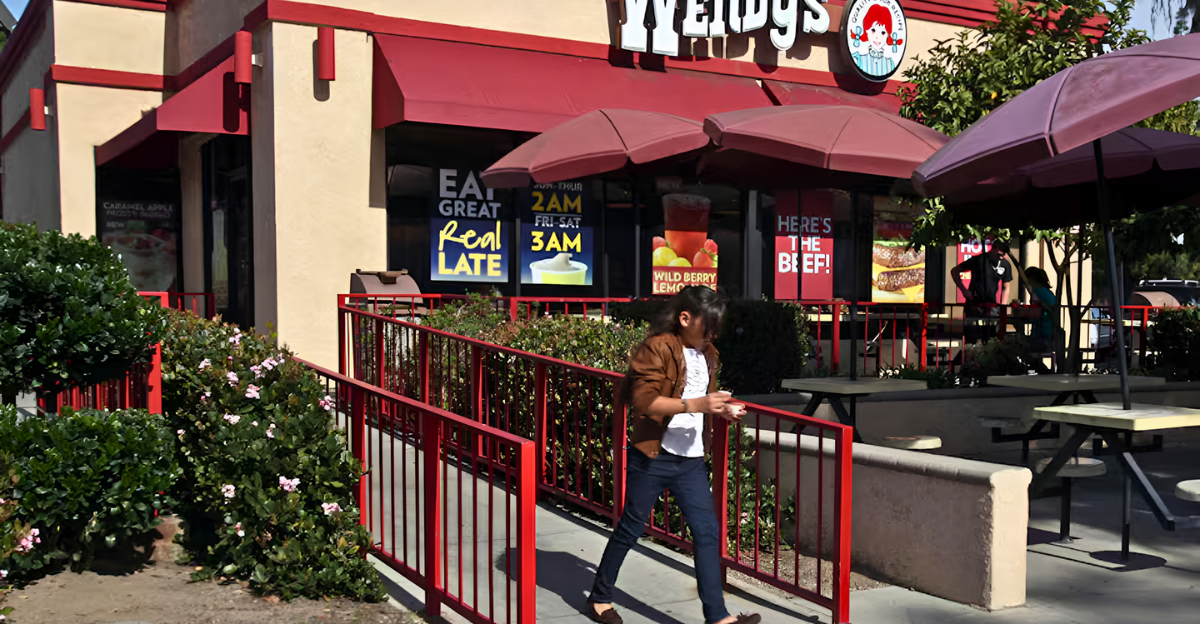
Consumers across America are feeling the inflation in fast food. Foot-traffic firm Placer.ai says visits to Wendy’s fell 4.6 percent year-over-year in early 2025, the steepest drop among major burger rivals, as menu inflation outpaced wages.
Wendy’s CFO, Ken Cook, told analysts that the pullback was “most pronounced among households under $75,000,” underscoring how rising combo-meal prices risk driving value-seeking diners elsewhere during the competitive summer.
The Title
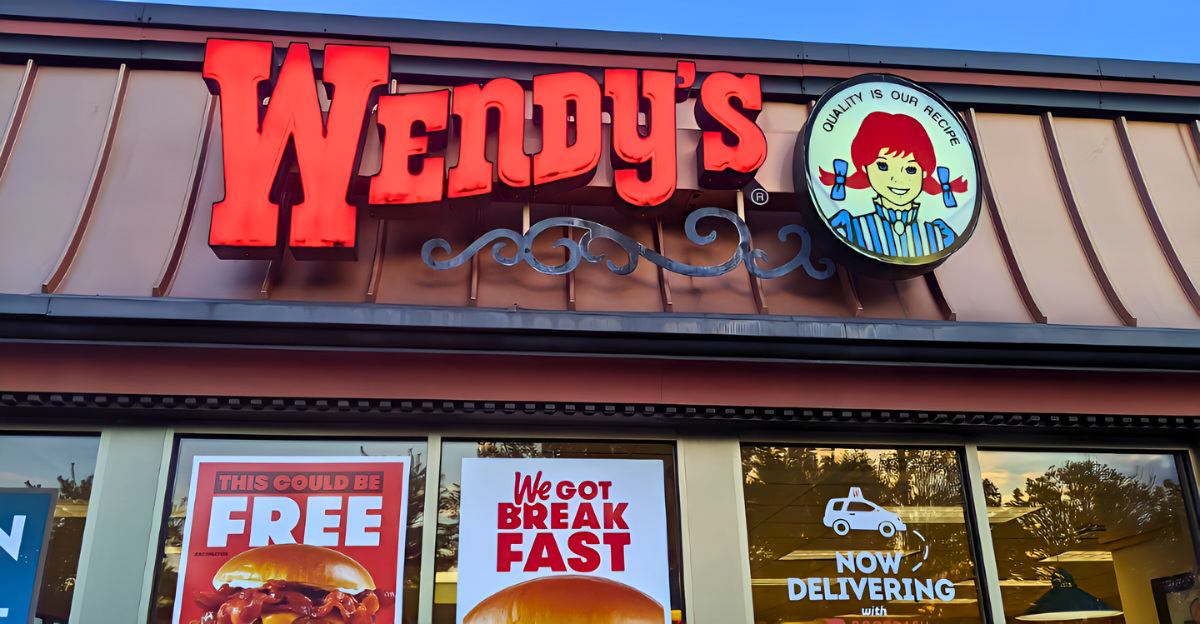
On 15 July 2025, World Atlas published its “10 Unhealthiest Fast-Food Chains” list. What shocked many Americans was that Wendy’s won the title, being number one on the list. The study calculated a Triple Baconator combo at 2,160 calories, 54 g saturated fat, and 3,400 mg sodium.
A Wendy’s spokesperson countered on Fox Business, “We’re proud to offer a diverse range of fresh menu options that can be customized to suit our fans’ lifestyles.”
Regional Ripple
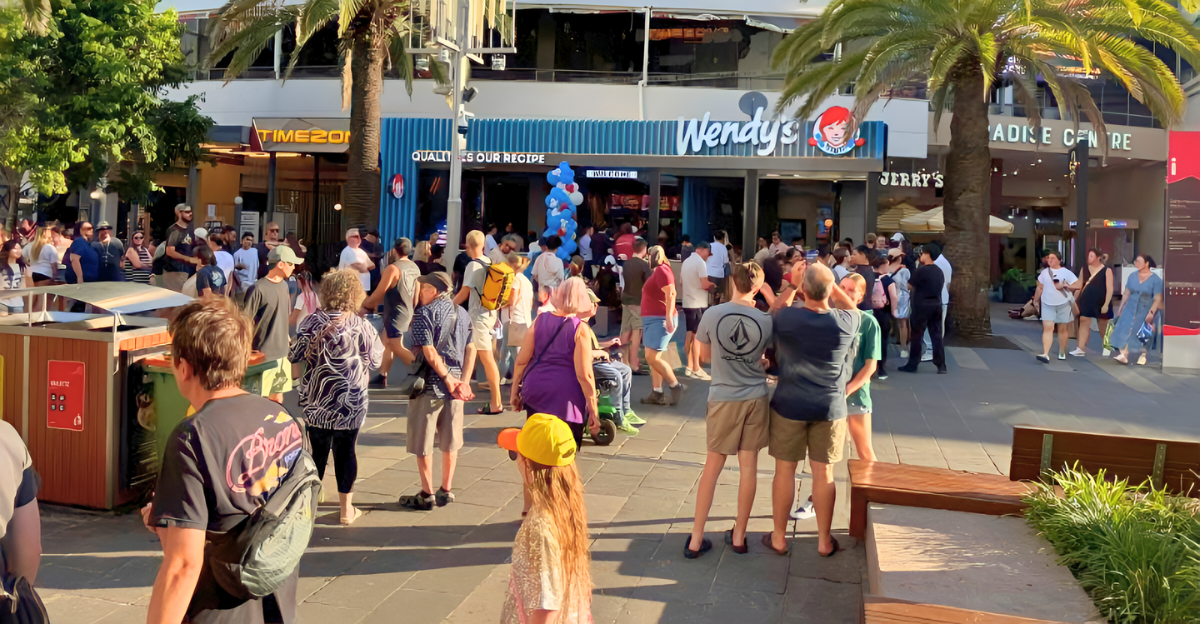
According to location intelligence firm Dataplor, Wendy’s still leads Southeast foot traffic but lags in health-focused markets like California, where In-N-Out dominates. This showcases a potential correlation between regional consumers and health culture.
Analysts say local loyalty cushions some franchisees against negative press, while others battle social-media criticism. The mixed pattern suggests reputational damage varies by region, complicating corporate efforts to craft a nationwide response in the wake of unhealthy ranking news.
Satisfaction Slips
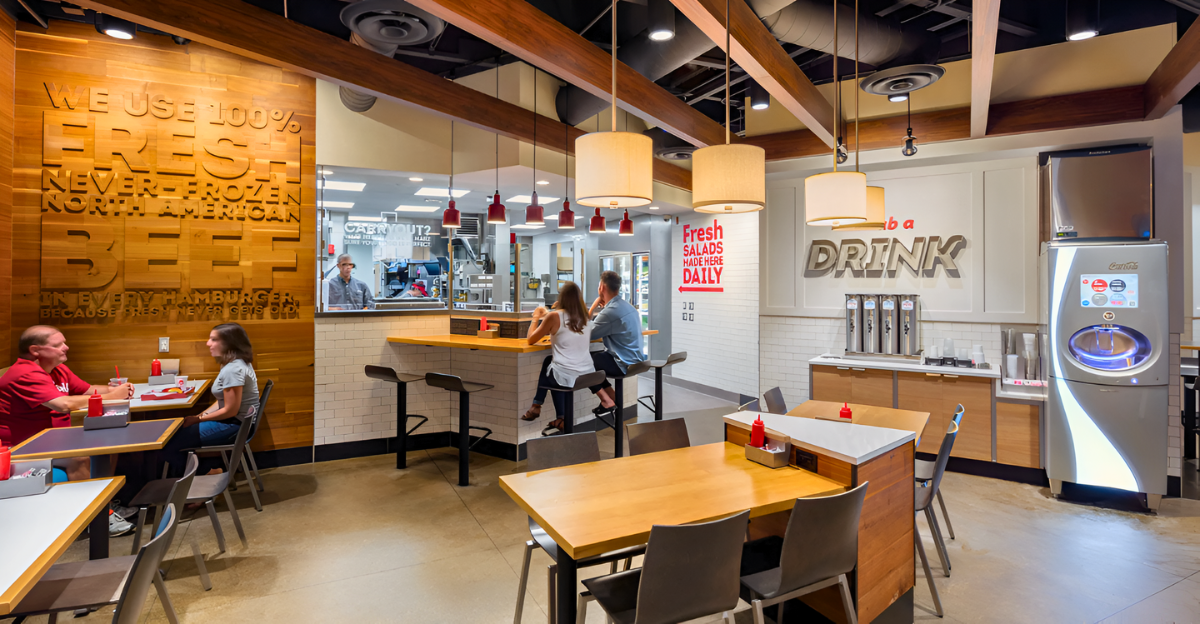
The American Customer Satisfaction Index shows Wendy’s score dipping from 76 in 2024 to 75 in 2025, while Chick-fil-A again leads with 83. “Consumers frustrated by high prices shifted from big-name fast-food brands to smaller up-and-coming competitors,” notes ACSI researcher Forrest Morgeson.
Falling perceived value amplifies the impact of health-rank headlines on already wary customers during a tightening household budget phase.
Rival Moves
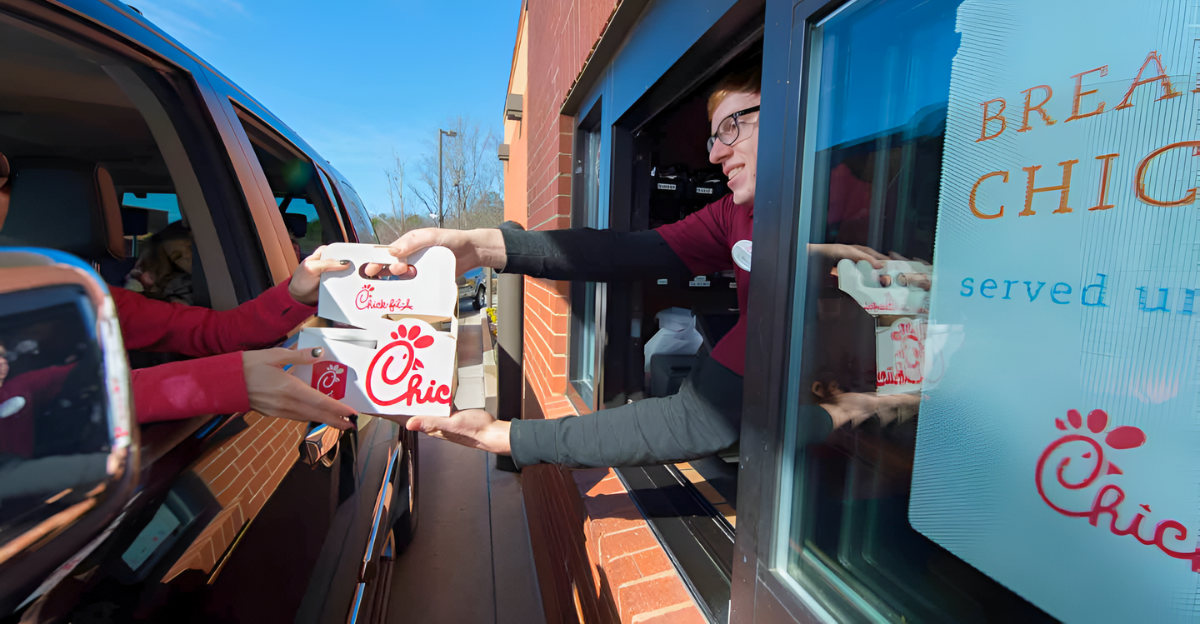
Competitors wasted no time reacting. McDonald’s relaunched its Snack Wrap, Burger King pushed $5 “Your Way” deals, and Chick-fil-A highlighted salads to court health-minded diners.
The ACSI places Chick-fil-A first among quick-service brands for an 11th year, reinforcing that perceived quality can outweigh convenience alone when consumers weigh drive-thru choices amid menu-price sticker shock and growing distrust of large portions.
Financial Picture
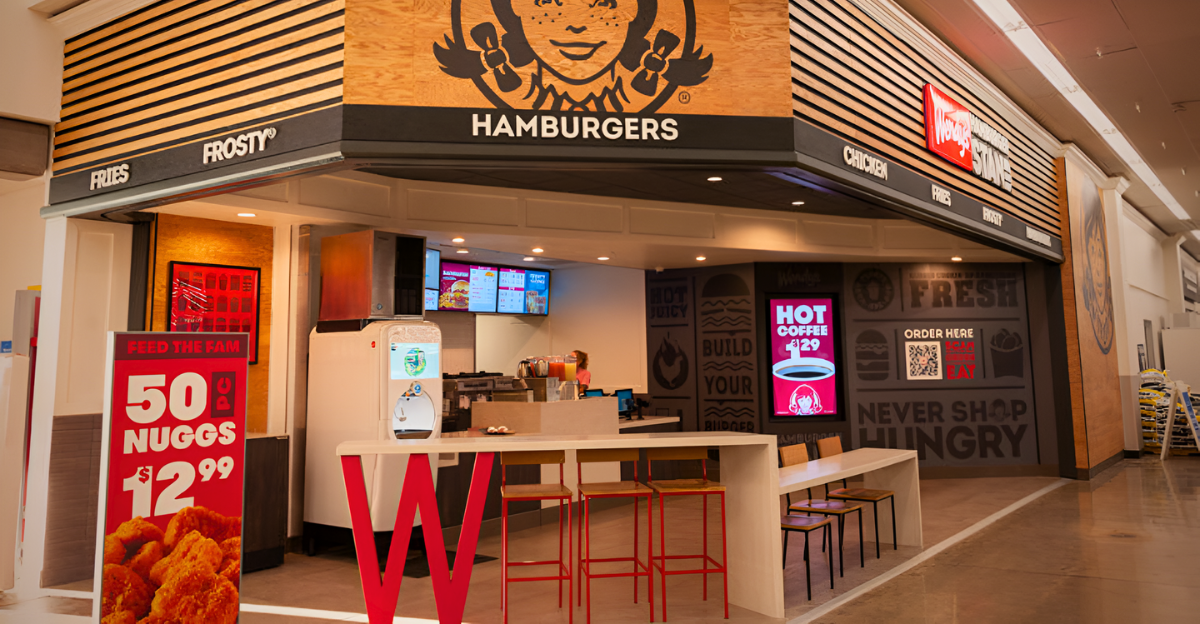
Wendy’s posted $523.5 million in revenue in Q1 2025, down 2.1 percent year-over-year, and U.S. same-restaurant sales slipped 2.8 percent. “We continued to deliver for our customers during the first quarter,” CEO Kirk Tanner told investors, pointing to 8.9 percent international sales growth and 68 net new restaurants.
Wall Street, however, focused on shrinking domestic traffic, and cautious analyst forecasts highlighted the slowdown across burger peers.
Marketing Risks
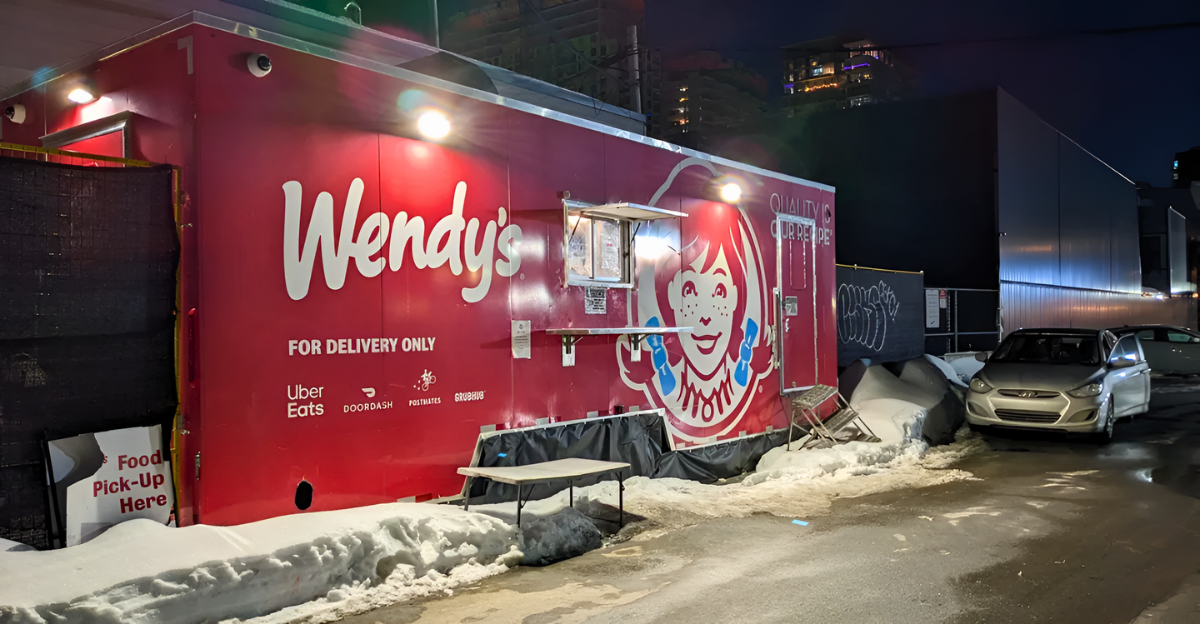
Placer.ai data show Wendy’s most significant traffic losses came from late-night visits, a daypart the chain markets heavily through $4 Biggie Bag promotions.
TheStreet notes that low-income customers pulled back first as combo-meal prices jumped nearly 47 percent over ten years. The company’s heavy reliance on bargain bundles may compound the health-image problem by encouraging frequent high-calorie orders among its most loyal fans.
Franchise Strain
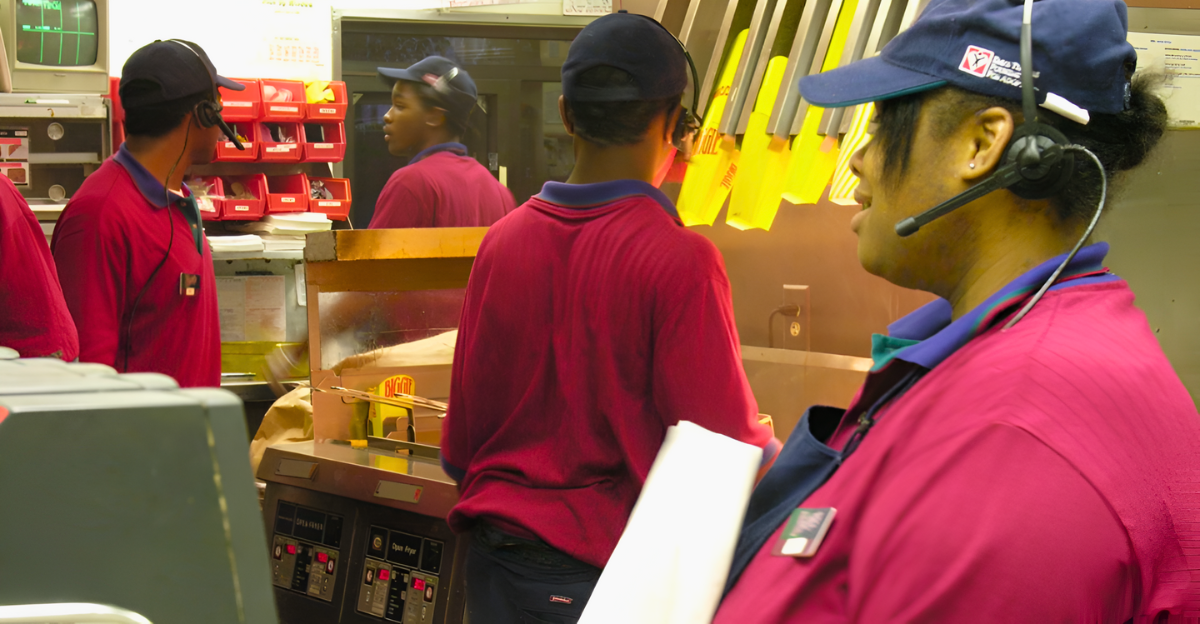
Wendy’s reorganized its field support teams in 2025, promising “better support for franchisees,” yet Restaurant Business reports operators worry negative nutrition headlines will squeeze already thin margins.
Some franchisees note that higher lettuce, beef, and bun costs have collided with discount coupons, reducing profitability even before foot traffic slipped. Corporate says training and marketing grants will offset near-term turbulence at affected outlets.
Leadership Focus
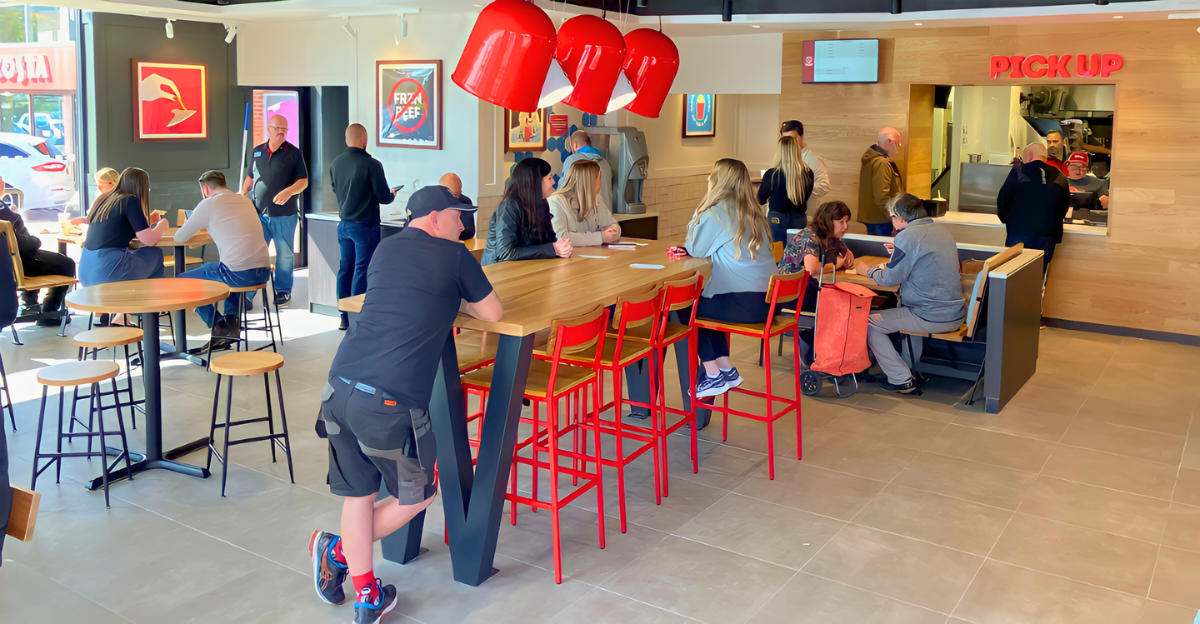
Kirk Tanner’s first investor day outlined three priorities: “fresh, famous food,” improved customer experience, and global expansion. Executives say the plan includes 2-3 percent net unit growth and digital ordering hitting 20 percent of sales.
Analysts credit new field structure and kitchen automation trials but caution that healthier menu shifts remain incremental, not transformative, given current ingredient contracts and franchise supply-chain realities.
Menu Innovation
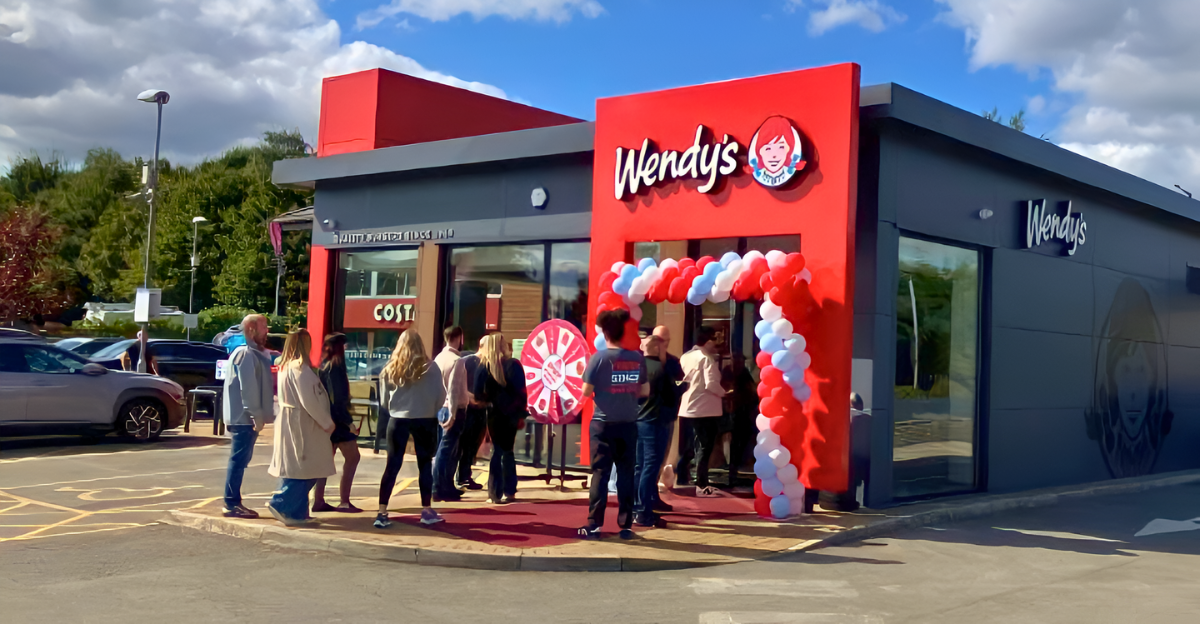
Baking Business reports the chain will launch a limited-edition Thin Mint Frosty with Girl Scouts this summer and expand “saucy nuggs” nationally after strong 2024 tests. Breakfast, which grew 6 percent last year, remains a growth focus.
Executives argue that product innovation can draw health-conscious diners with portion-controlled bundles rather than supersized burgers, which are still central to Wendy’s recovery narrative strategically going forward.
Expert Doubts
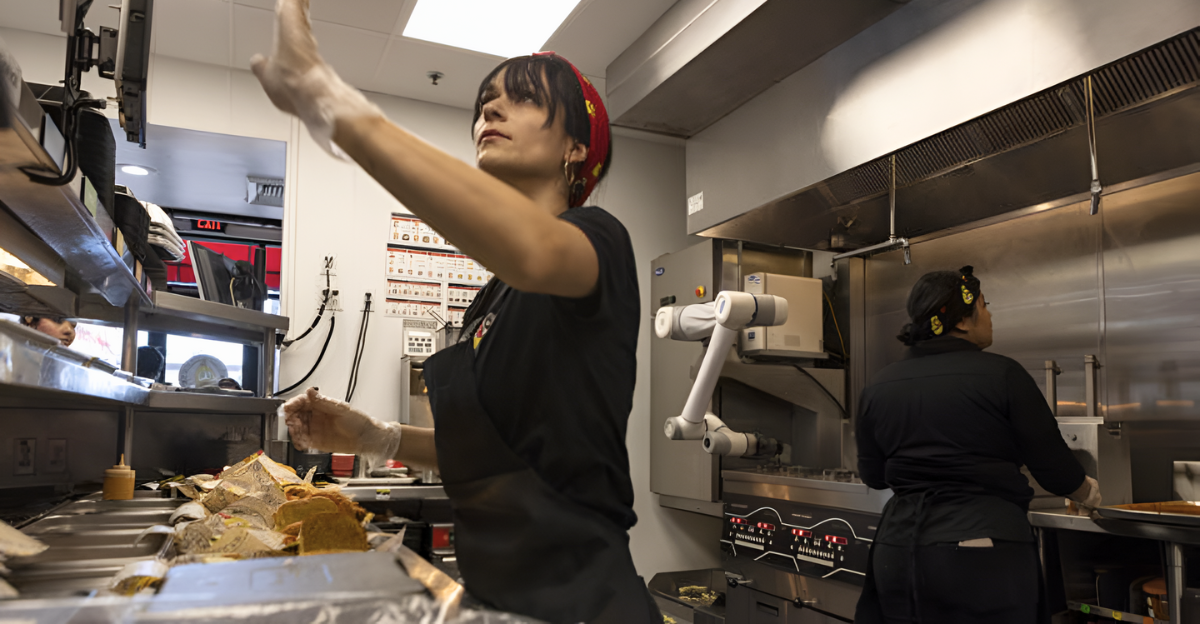
“Restaurants can’t simply rely on their traditional playbooks anymore,” warns Forrest Morgeson of ACSI. He notes that smaller brands like Raising Cane’s gain shares by aligning price, speed, and perceived quality.
Industry consultant Geoff Michener adds that foot-traffic winners “dig deep into consumer behavior, right down to each individual store.” Both see health perception as a make-or-break differentiator for post-pandemic quick-service competition nationwide.
Future Stakes
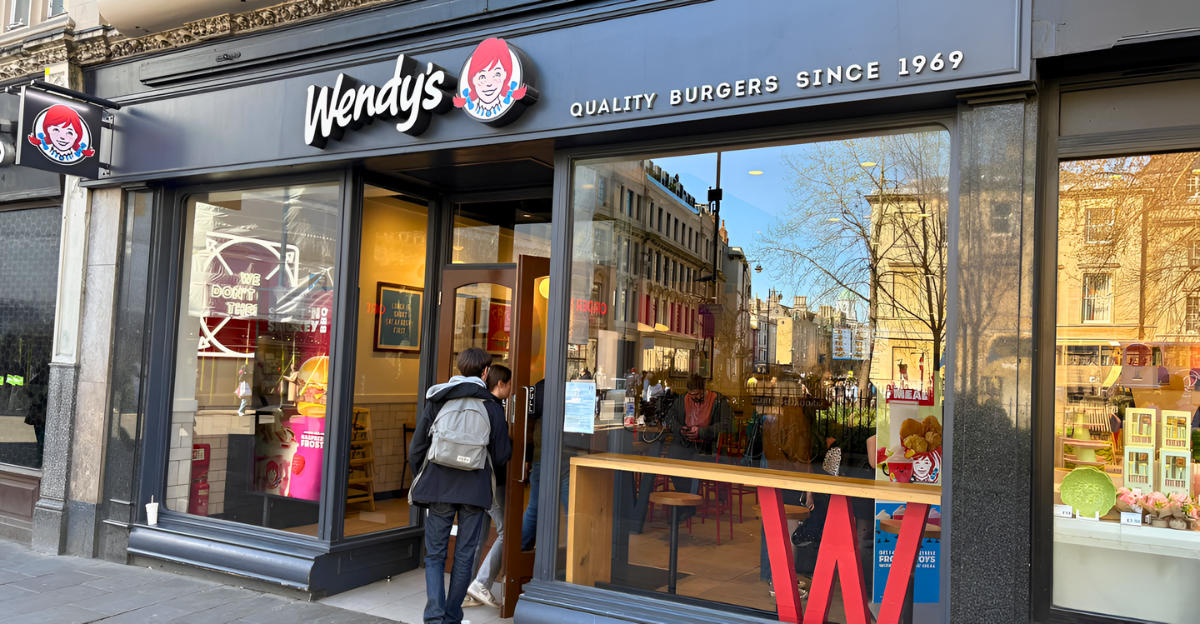
The National Restaurant Association forecasts industry sales hitting $1.5 trillion by year-end, yet cautions margins remain razor-thin as inflation persists.
If health rankings keep grabbing headlines, will regulators tighten sodium or sugar limits, and will customers finally abandon value menus? Wendy’s response over the next 12 months may signal whether fast food can grow without surpassing America’s waistline or pivoting toward balanced plates.
